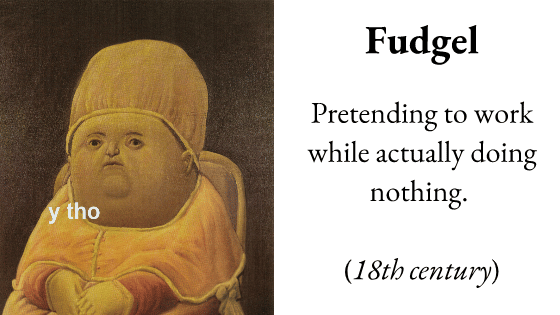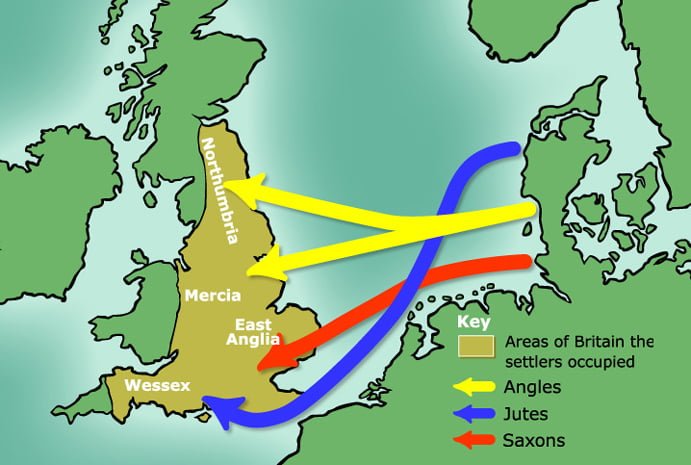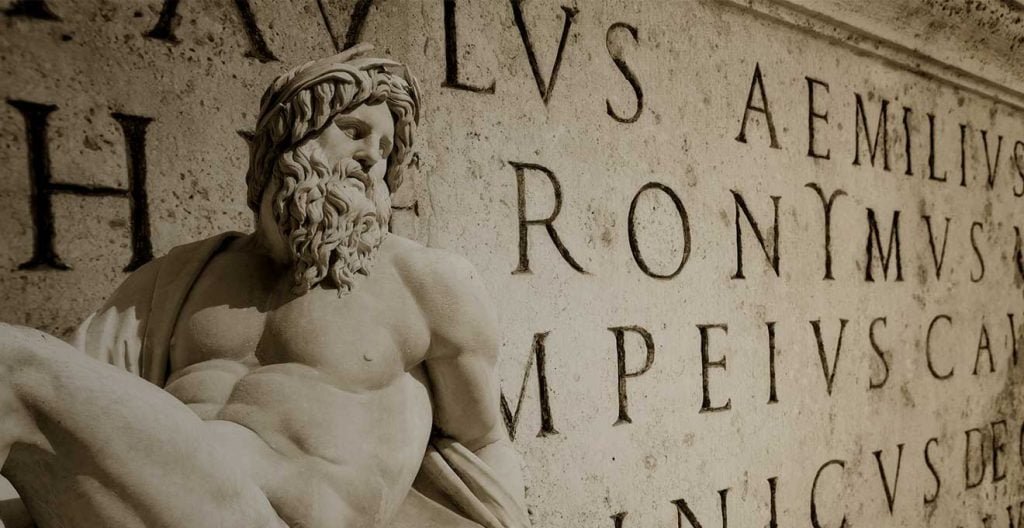20 Forgotten English Words That Are Very Relevant Today.
Like the universe, language is in a constant state of change and evolution. That’s how old and dying languages fuse into new languages. Language evolves whether we like it or not. Also, a certain language never comes with a close-ended number of words. Throughout its life span, it gains words and features that are incredibly […]
20 Forgotten English Words That Are Very Relevant Today. Read More »








